Streaming wars: Australians better get used to paying a lot more
Four years ago when Netflix first launched here, Australians thought it was a godsend. Now we know that era is well and truly over.
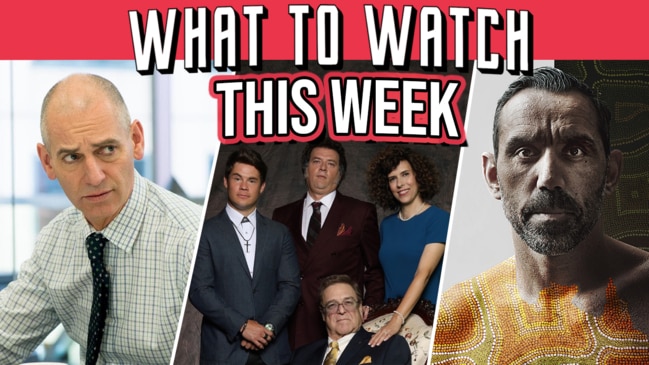
ANALYSIS
When Netflix first launched in Australia in early 2015, for local viewers, it was a godsend.
Some were already accessing the streaming service through backdoor methods, but the mainstream was about to have their minds blown. The choices! The price! The convenience!
You pay your $10 a month and in return you get to stream movies and TV shows to your heart’s content. It was the magic bullet to piracy and for viewers who were sick of broadcast TV’s rigid schedule and uninspiring content offerings.
While it’s not Netflix’s fault, and the granular details were always more complicated, the streamer’s product set up unrealistic expectations for the average consumer that this was the only model of the future of entertainment — cheap, accessible and all-encompassing.
Four years later, and the story is very different. Streaming is fracturing to a point of frustration for consumers who don’t want to, and don’t think they should have to, pay for more and more services to watch the content they want.
THEIR HANDS IN YOUR POCKET
Viewers are staring down the barrel of needing to shell out for Netflix, Stan, Amazon Prime Video, Foxtel Now, Disney+ (from November 19), Apple TV+ (before the end of the year), YouTube Premium, Kayo, 10 All Access and more. And that’s probably not even going to cover everything you want.
If you’ve been hearing great things about and want to watch Mindhunter (Netflix), Succession (Foxtel Now), Fleabag (Amazon Prime), reruns of Friends (Stan) and your footy team (Kayo), then you’re going to need at least four services.
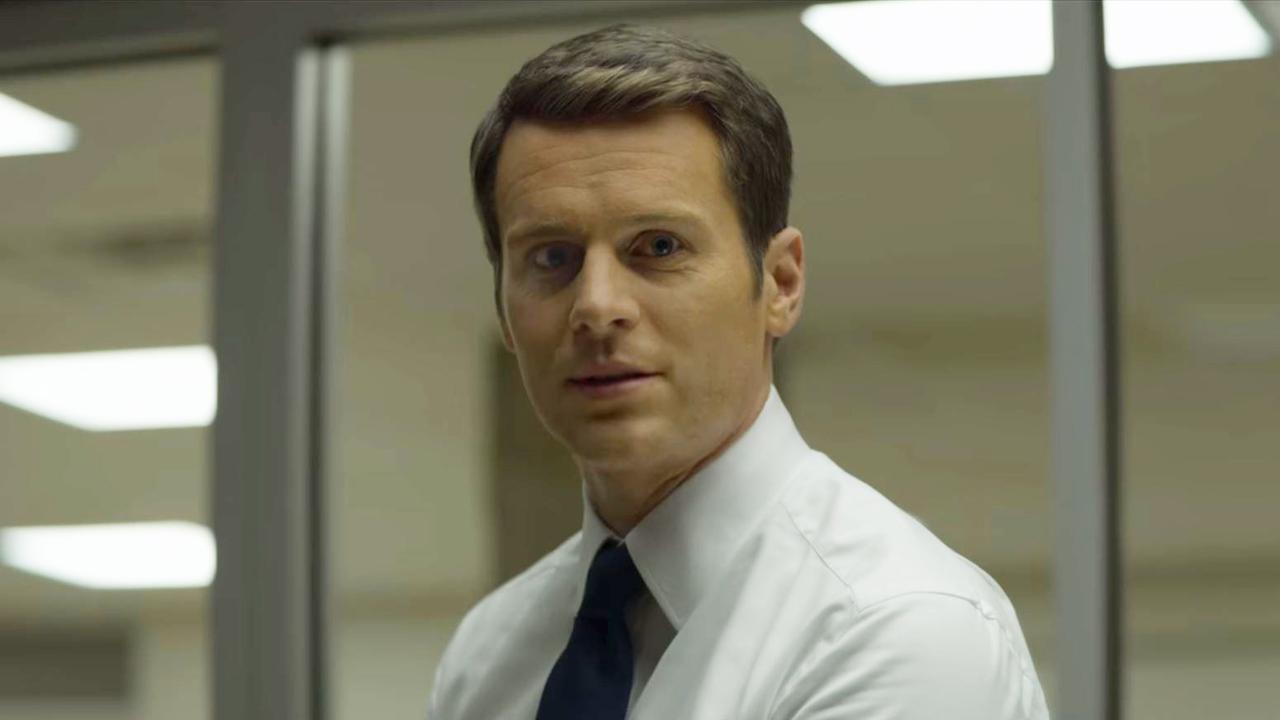
That $10 a month has blown out to $60 a month, which is inching closer to the cost of a traditional pay TV subscription, and it’s brewing resentment in some quarters.
The myth of the streaming utopia has come undone — if you want it, you have to pay for it, and a lot more than $10.
With the imminent arrival of Apple TV+ and Disney+, as well as the potential incursion of American players Comcast and Warner’s upcoming streaming services, the trend is more silos — equating to more costs — not less.
For some Australians, that means paying more, but for others, such as those Facebook commenters responding to yesterday’s news of Disney+’s Australian launch, it means switching one subscription for another.
RELATED: Everything new to streaming in August
GAME CHANGER
Netflix’s entrance in this market changed Australians’ consumer behaviour. As a country, we’re not used to directly paying for TV content — our pay TV take-up never rose above 30-something per cent prior to streaming services compared with the US where pay TV penetration hit the high 80s.
Now, according to Telsyte research released this week, 55 per cent of Australian households pay for at least one of 12.3 million subscriptions, with Netflix leading the charge with 4.9 million of them. Roy Morgan estimated that 14 million Australians have access to some form of streaming or pay TV.
Netflix doesn’t break out region-specific membership numbers outside of the US but have 150 million-plus subscribers globally.
Stan reported 1.7 million active subscribers today, while Foxtel Now (News Corp, publisher of this website, is majority owner of Foxtel) has 460,000 and Kayo has 380,000.
The Telsyte research found streaming subscribers paid on average $30 a month for various services, while only one-third said there was no limit to how many services they would pay for.
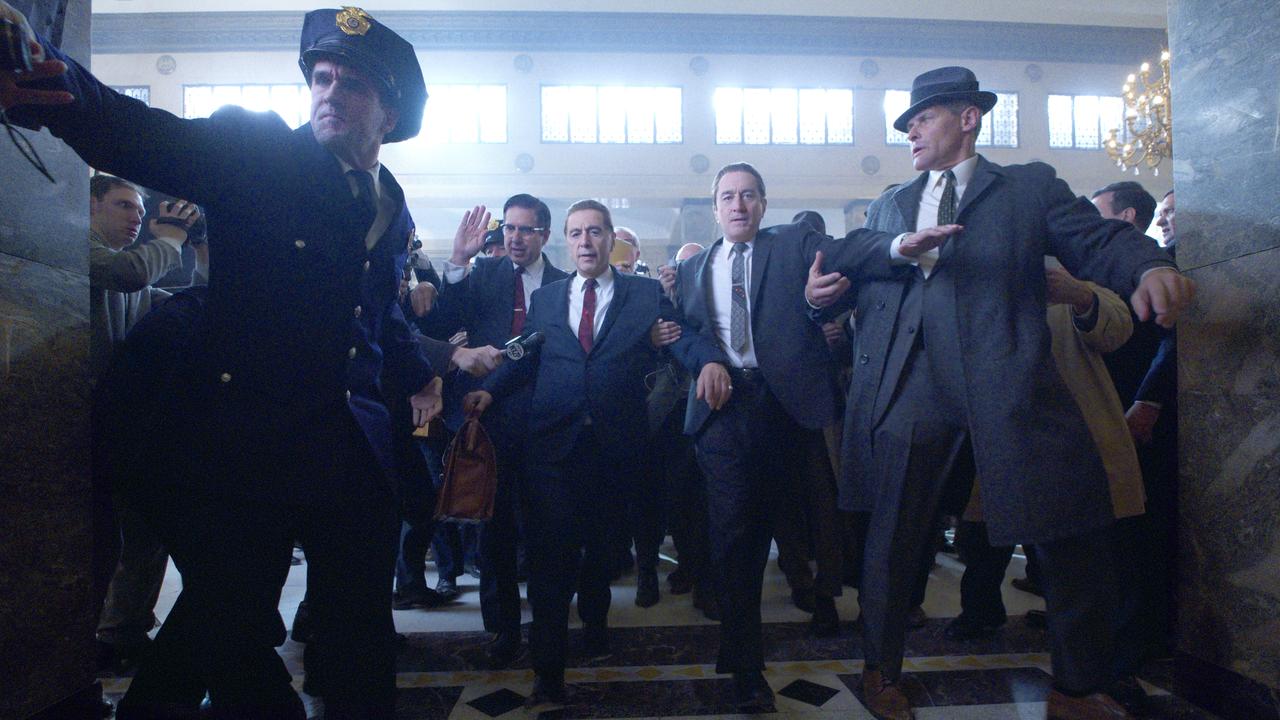
One concern with more services launching is consumers may feel like that “good deal” they had is vanishing, making them feel entitled to illegally pirate again — this attitude is summed up by Facebook commenters who casually say they’ll just go back to illegal downloading if they’re “made” to pay more.
It’s not just anecdotal. A Screen Australia study from a couple years ago found online pirates were more likely to have a Netflix subscription than not, the justification being they’re already paying for content and if the specific show or movie they want to watch isn’t on that service, then they’re entitled to illegally find it elsewhere.
KNOCKING DOWN THE DOOR
What that all adds up to is a lot of appetite, which is probably why Australia is one of only five markets Disney+ is initially launching into, alongside the US, Canada, Netherlands and New Zealand.
Disney+, at $8.99 a month, is going to feature exclusive content created for the platform, leveraging the brand loyalty of existing intellectual property — TV shows built around characters from Marvel and Star Wars or a TV reboot of Home Alone.
It will have not just Disney’s back catalogue but also 20th Century Fox’s, which Disney acquired in a merger earlier this year.
When Disney took over Fox, it also absorbed Fox’s share of US streaming platform Hulu, and it’s now eyeing global expansion plans with the AFR reporting Disney and Stan are in conversation about a commercial partnership.
Before the year’s out, Apple TV+ will launch and, with it, TV shows and movies you won’t find anywhere else, including Morning Wars, a Reese Witherspoon and Jennifer Aniston drama, Oprah Winfrey documentaries, Ron D. Moore’s new space drama For All Mankind and Steven Spielberg’s Amazing Stories.
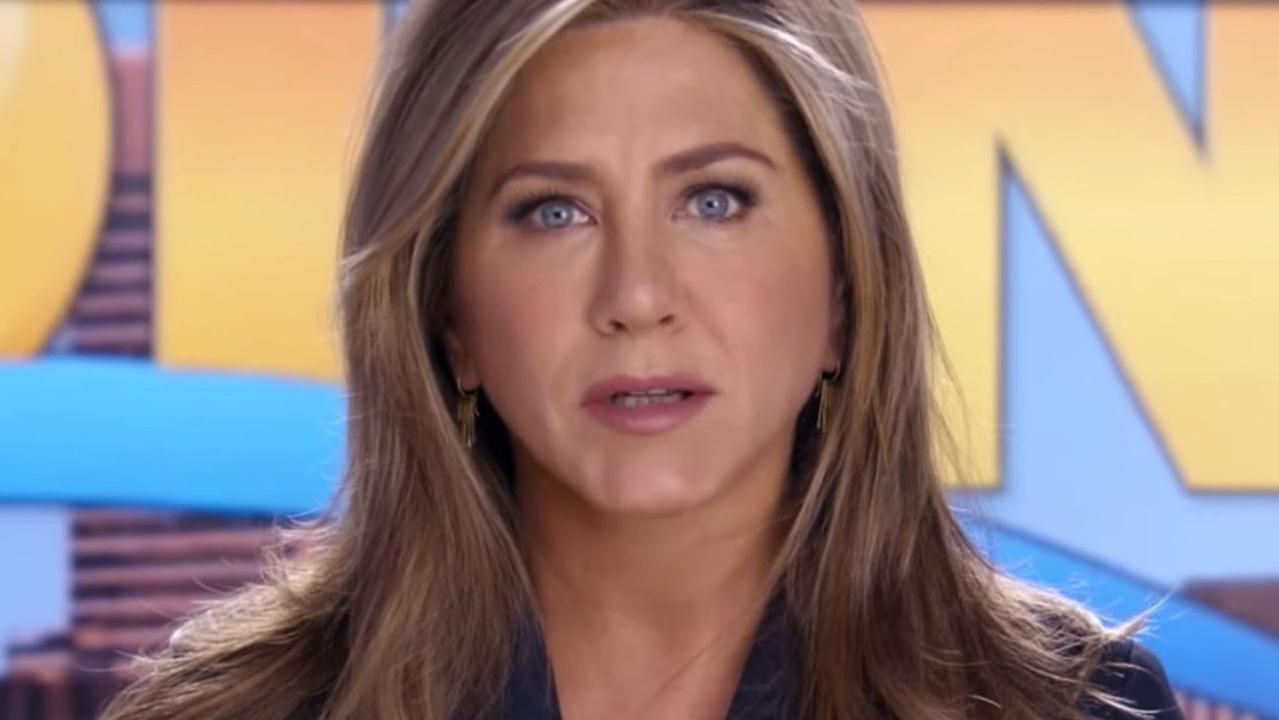
Comcast (Universal) and Warner Bros (which owns HBO) will launch their own streaming services soon, though there is no word on their Australian presence.
TIME MONOPOLY
A few weeks ago, there was a huge fuss made over Comcast, owner of NBC Universal Television, pulling the rights to The Office from Netflix for its own forthcoming service starting from 2021, at a princely sum of $US500 million over five years, according to CNBC.
It was a massive deal because recent third-party data revealed that among US Netflix users, people spent more time watching The Office, of which there is 201 episodes, than other series, including Netflix’s original shows.
So for Netflix, the impending loss of The Office is a deep one. Netflix’s goal is to keep you on the platform for as long as possible. Two years ago, Netflix boss Reed Hastings said Netflix’s main competitor wasn’t Facebook, it was sleep.
The Office isn’t available in Netflix’s Australian library (it’s on Stan and Amazon Prime) and, arguably, Australians’ viewing behaviour is different to that of Americans anyway, so it’s less of a big deal here than the headlines would have you believe.
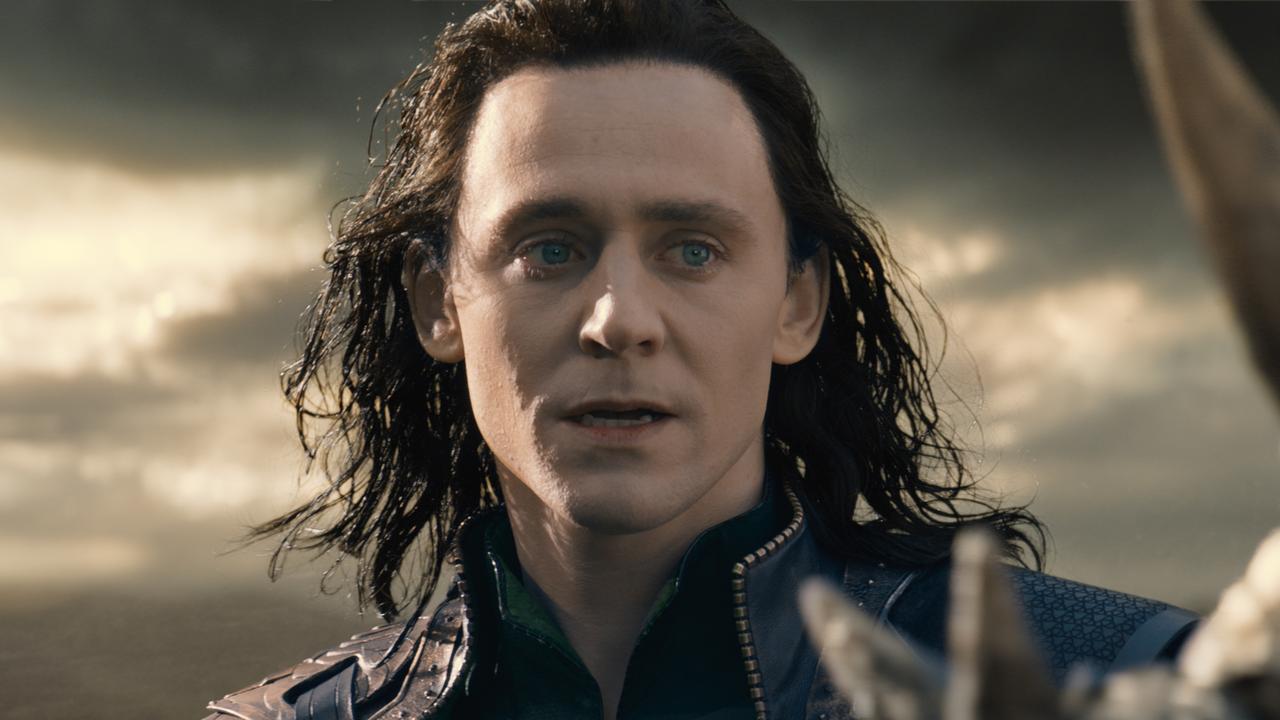
Unlike our cousins stateside, Australian free-to-air networks gave up on scripted programming years ago, instead choosing to fill as many timeslots as possible with cheap-to-produce reality TV shows, resulting in a broadcast audience who’s been socialised to view reality programming as their easy-to-watch, comfort shows instead of shows that have a nostalgia factor.
But for those who do have a nostalgia itch, Stan has been zoning in on those viewers, having grabbed the rights to easily rewatchable shows such as The Office, Friends, Will & Grace, Golden Girls, The West Wing, The Nanny, Community and Parks and Recreation.
Those are shows you can have on and leave running in the background while doing the dishes or playing with your phone. But for streaming platforms, it’s time you’re clocking on their service and a reason to keep your subscription.
Nostalgia is where Netflix is weaker than some of its rivals — it has less nostalgia-tinged, 200-plus episode shows and its original content has only been going since 2013, which means there has been no time to build that nostalgia-driven loyalty yet.
EXCLUSIVITY
The real game in town, though, is exclusive content. It’s similar to how premium cable channel HBO operated in the US for years. HBO didn’t care if every hour of its week was maximised for advertiser eyeballs, it only needed one, two or three shows you had to watch.
It’s why The Sopranos was so important to HBO in the 2000s — as long as it was still going, you were going to keep paying even if you tuned into scant else the rest of the week. If you’ve ever felt frustrated that some of your TV shows have a full season split into part one and part two, this is why, it’s a network or streamer trying to keep you paying for another year.
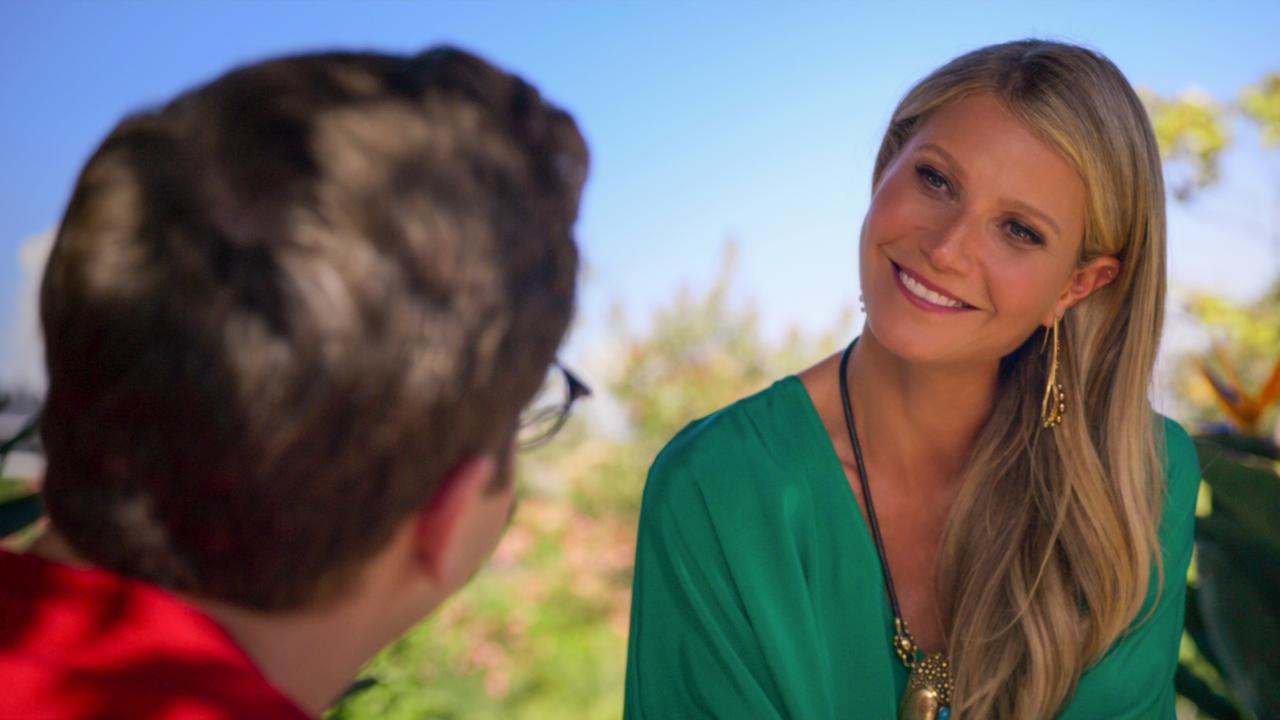
All the streaming players are now paying big dollars commissioning TV shows and even movies they hope will be the next must-watch series, the next Game of Thrones, something you won’t find anywhere else.
Netflix started life as a mail-order DVD rental service before moving online where it still largely relied on licensing other studios’ output. But as those titles are increasingly siloed off into their own streaming services, as is the case with The Office in the US, it’s had to devote more resources to original content to fill its library.
Consumers may grumble about subscription prices or greedy companies, but exclusive, original content isn’t cheap to make, especially when in-demand writers, directors, producers and actors know there’s a race on between so many deep-pocketed companies.
Netflix is primed to spend $US15 billion this year on content, according to Variety. It signed a reported $US300 million deal with uber producer Ryan Murphy, the man behind hits including Glee and American Crime Story, to lure him to their camp. Murphy’s first show for the streamer, The Politician , will drop next month.
Amazon bid $US250 million for the rights to a Lord of the Rings TV series, hoping to capitalise on the fantasy appetite Game of Thrones stirred with a title that is already proven intellectual property.
Apple is reportedly paying Reese Witherspoon and Jennifer Aniston $US1.25 million per episode, according to The Hollywood Reporter, for their involvement on Morning Wars across 20 episodes. The first two seasons of the show is said to be costing $US300 million, reported CNET.
Disney is well positioned because it already holds the rights to extremely lucrative franchises including Pixar movies, Star Wars and the Marvel Cinematic Universe. It has five Marvel TV shows in the works and several Star Wars ones.
For fans already entrenched in those franchises, and have spent hundreds of dollars over the years on cinema tickets watching Han Solo or Iron Man, what’s another $8.99 a month when they can’t watch the further adventures of their heroes anywhere else?
RELATED: Spider-Man will swing out of the Marvel Cinematic Universe after Sony-Disney deal collapse
HOME SWEET HOME
IBISWorld has valued the Australian pay TV and streaming industry at $5.9 billion and growing at an annualised rate of 9 per cent over five years through to 2020. So it’s big business, and everyone wants some of that money.
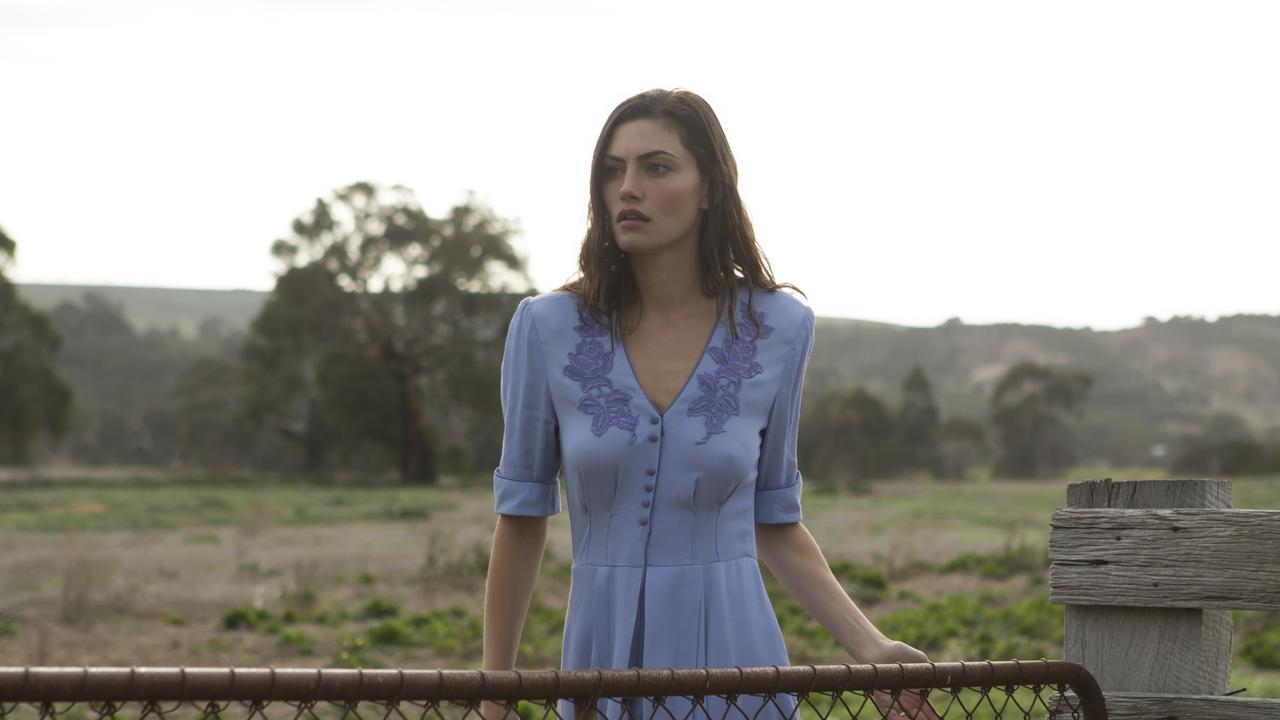
There’s a question on what effect the launch of Disney+ will have on Stan, seeing it has done so well with its Disney content. Stan didn’t return a request for comment over when its content deal with Disney expires.
Stan has invested handsomely in local content with high-end productions such as Bloom and the upcoming The Gloaming and The Commons, both in production now. It’s also mopping up licensing agreements with the rest of Hollywood’s distributors and studios that don’t have plans for their global services, such as Starz and Paramount.
However, earlier this week, Channel 10 boss Paul Anderson intimated to The Australian that Stan shouldn’t feel secure about its deal with Showtime, which includes programs such as The Loudest Voice, Kidding and Billions.
Showtime is a US cable network owned by CBS, which happens to own Channel 10. Last week, CBS remerged with Viacom, and not long ago Viacom bought a streaming platform called Pluto for several hundred million. The conjecture is the merged entity will take another look at its streaming plans, including CBS All Access, and the local version, 10 All Access.
10 All Access’s growth locally has been hampered in part by it not having first-run rights to many CBS All Access original shows, including The Good Fight and Star Trek: Discovery, which belongs in Australia to SBS and Netflix respectively. The upcoming CBS All Access series Star Trek: Picard will go to Amazon Prime locally as part of a global, non-North America deal.
The local production industry has also been campaigning for these American companies hoovering up Australian consumers’ cash and time, agitating for some kind of content quota such as that imposed on local TV networks.
It’s a fraught discussion because any attempt to impose an Australian content quota based on say Netflix’s library would compromise Australian consumers’ access to a broad range of titles.
There’s also the suggestion a quota could be imposed on revenue. For example, Netflix could be asked to invest 10 per cent of its estimated annual revenue of $500 million in Australia on local productions.
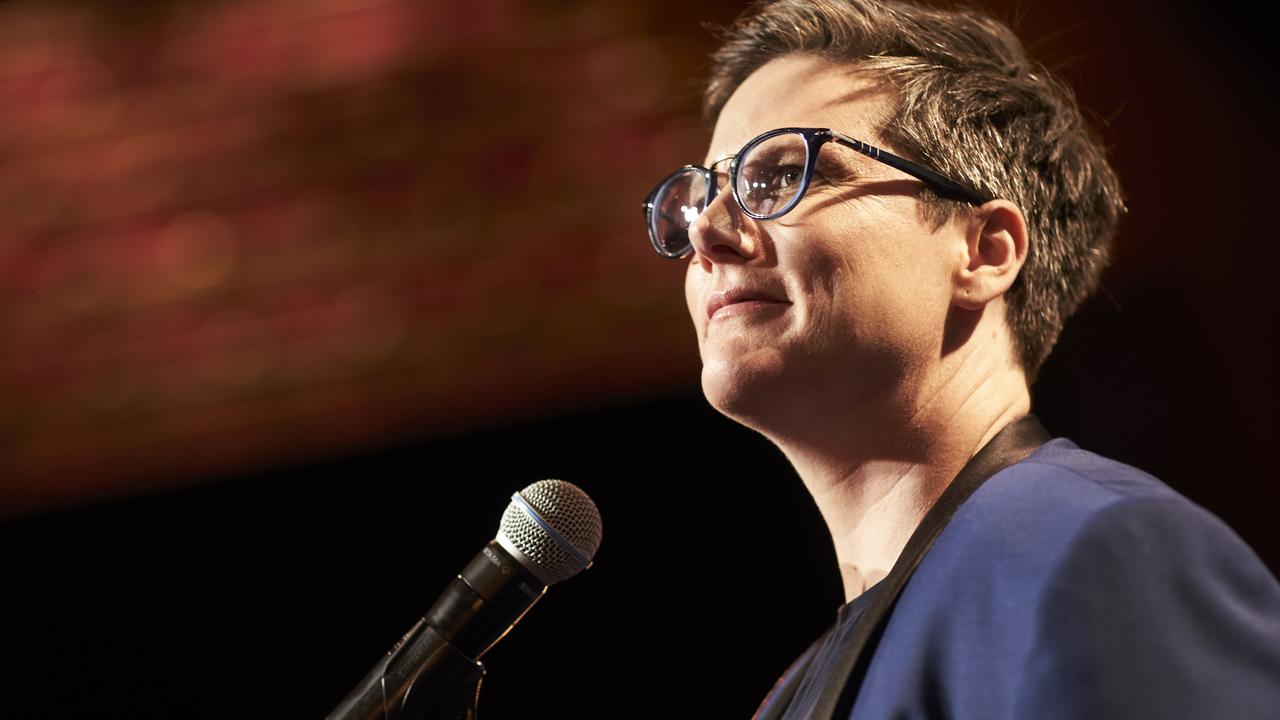
Netflix has had three original Australian shows, the much-lauded stand-up special Nanette from Hannah Gadsby, the at-best forgettable supernatural soap Tidelands, and the much-derided Chris Lilley series Lunatics. Netflix has also co-funded a number of Australian shows, predominantly with the ABC, including Pine Gap and Glitch.
Netflix has only just opened its Australian office, a sign it is serious about commissioning more local content.
This week, Amazon Prime Video announced its first Australian commission, LOL: Last One Laughing, a six-part series that features local comedians competing to make each other laugh first. It will be produced and hosted by Rebel Wilson.
Bingeing just got easier with the New Foxtel Experience. Foxtel and Netflix now all in one place.Get Foxtel
NOW WHAT?
With all that’s going on, it shouldn’t be surprising that audiences may feel inundated with choice and the weight of that many hands in their pockets.
For some, the price of multiple services is too steep, and Netflix may be all that they’re willing to pay for — the company has tried to position itself as a one-stop shop that has something for everyone. But that’s also potentially its failing.
By making one of every type of show, it risks alienating those viewers who were attracted to its promise of quality, curated content, instead of a grab bag of shows and movies that more often misses than hits. The more stuff there is on the platform, the harder it is to find something that is actually great.
Telsyte’s research found 43 per cent of Australian households already subscribed to more than one service.
With the rate of new entrants in the market, Australians better get used to shelling out a lot more. This may be the Golden Age of TV, but you have to be prepared to pay for it.
Which streaming services do you subscribe to? How many are you willing to pay for at the same time? Leave a comment below.
Share your TV and movies obsessions | @wenleima




